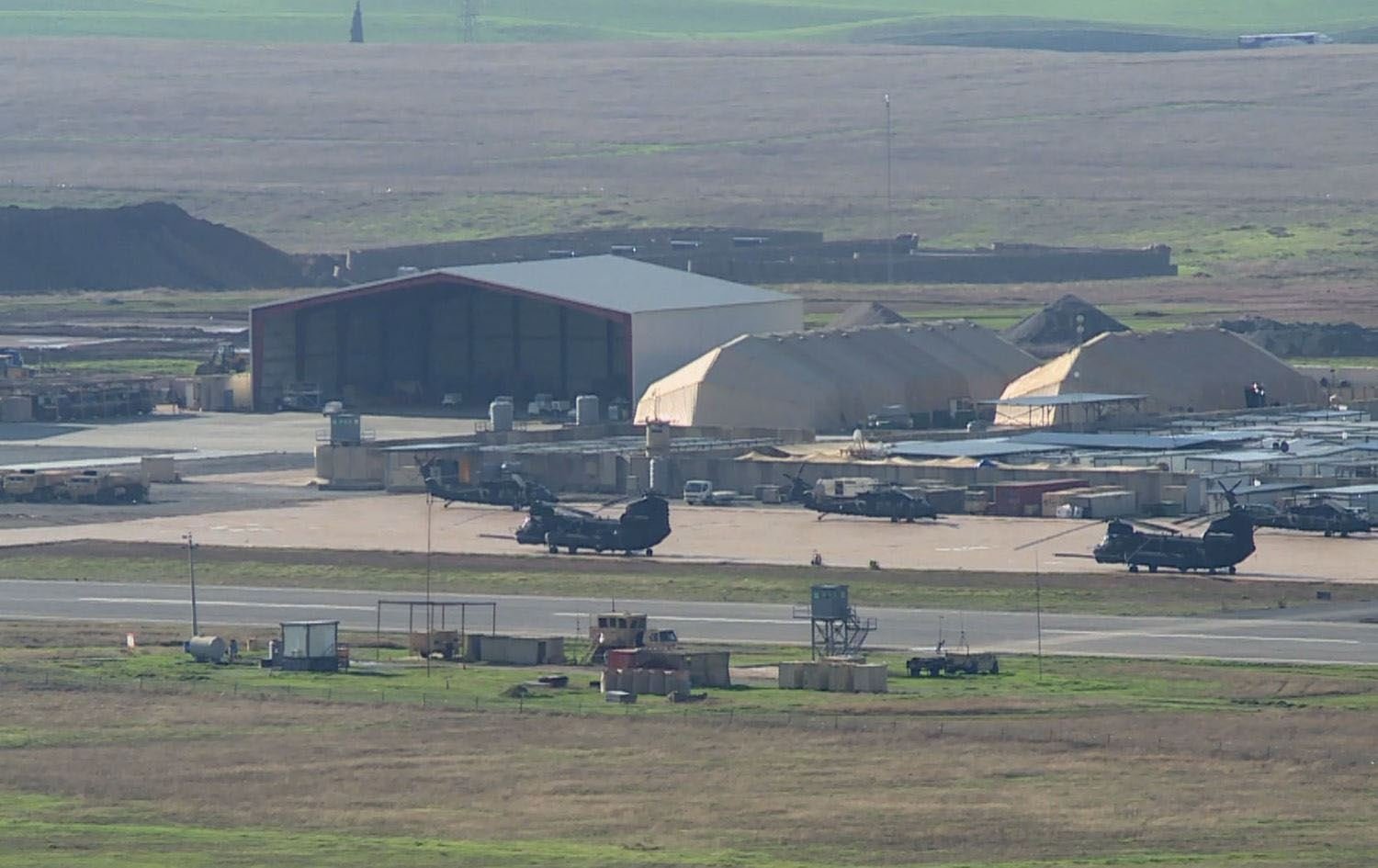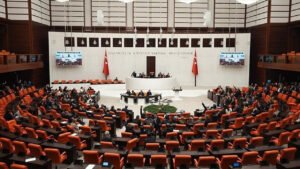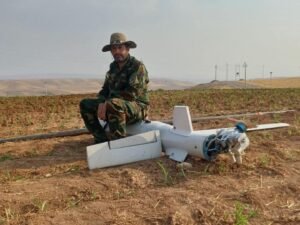Written by
U.S. Expands Erbil Airbase, Signaling Long-Term Presence Beyond Iraq Drawdown

As the U.S. evacuates diplomatic personnel from Baghdad and Erbil amid escalating Iran tensions, a quieter but more telling story has been playing out at the Harir airbase near Erbil. In April, Washington awarded contracts for an ambitious 18-month expansion of the military facility, including doubling helicopter landing capacity and adding substantial aircraft maintenance shelters—pointing to a long-term strategic stay well beyond current troop agreements. Meanwhile, Al-Arabiya reports the relocation of approximately 500 US troops withdrawn from northeast Syria to Erbil, further reinforcing its operational significance.
Context: The U.S. initiated an emergency evacuation of diplomatic personnel from Baghdad, Erbil, and several other regional posts. This move comes amid escalating tensions with Iran. According to The New York Times, Israel is reportedly preparing for a potential strike on Iran, while U.S. defense officials and the UN nuclear watchdog suggest Tehran is actively advancing toward nuclear weapon capability.
Analysis: The U.S. military airbase in Harir, in northeast Erbil, has been progressively growing in importance throughout the last decade and is likely to become a key flashpoint in the event of conflict with Iran. It has gradually taken on a more central role in U.S. regional operations, increasingly supplementing Incirlik Airbase in Turkey and offering a more practical location for missions into Iraq and Syria compared to more distant Gulf bases such as Al Udeid in Qatar or Ali Al Salem in Kuwait.
Harir Airbase and other key US assets in Iraq and Syria
Harir serves as the central logistics and operational hub for U.S. missions across both countries. It played a critical role in the operation that led to the killing of ISIS leader Abu Bakr al-Baghdadi and in intercepting Iran’s drone and missile attacks on Israel. The base is also equipped with Patriot air defense systems, further reinforcing its strategic value.
The U.S. also maintains a smaller base at the old Erbil International Airport, primarily used for transportation and logistics, but Harir has become the main forward-operating platform.
According to Al Arabiya, U.S. troops recently withdrawn from northeastern Syria have been relocated to Erbil, reinforcing Harir just as the diplomatic staff are being evacuated. The report notes that these reinforcements are part of a tactical repositioning, moving units and equipment to Harir to preserve operational balance in light of growing regional volatility.
While the U.S. and Iraqi government have agreed to maintain troop presence until September 2026, the new military construction contract for Harir is also scheduled to conclude around the same time. This alignment strongly suggests that Washington intends not just to remain, but to consolidate forces in Erbil — potentially absorbing assets withdrawn from elsewhere in Iraq, especially Ain al-Asad base in Anbar. With the collapse of the Assad regime, Iraqi officials are reportedly reconsidering their previous resistance to U.S. troops, now viewing their presence as a stabilizing factor amid a broader post-Assad geopolitical recalibration.
Given the rapidly evolving tensions with Iran and the broader regional uncertainty, the Erbil airbase — and specifically Harir — is one of the most critical sites to watch.









